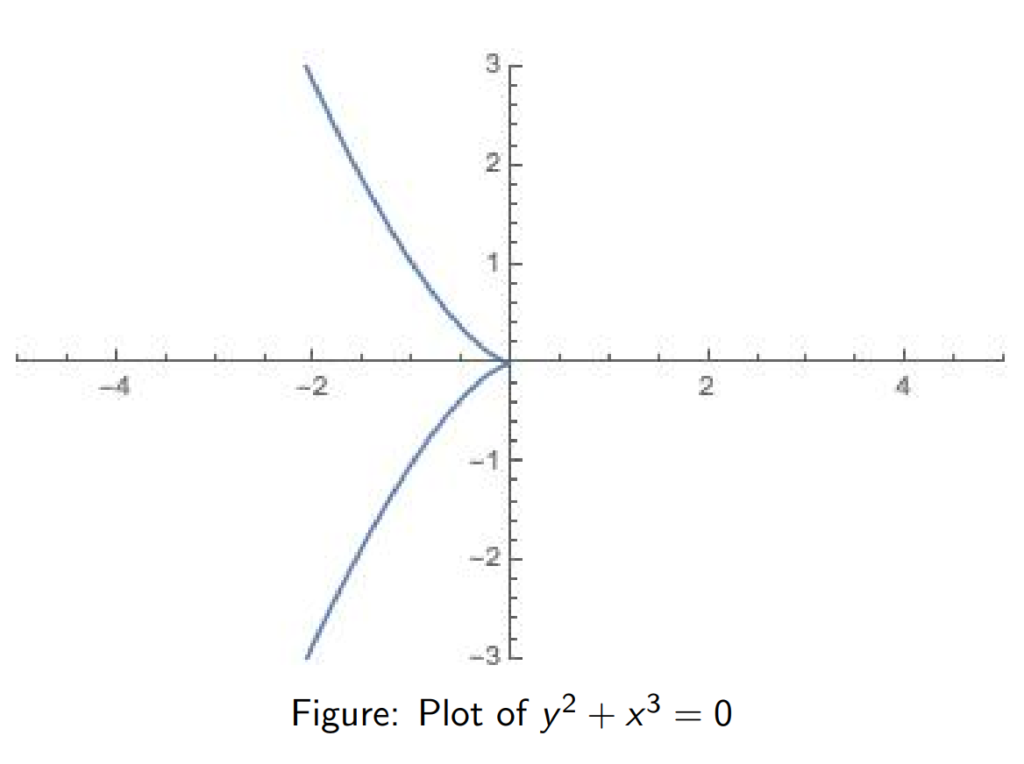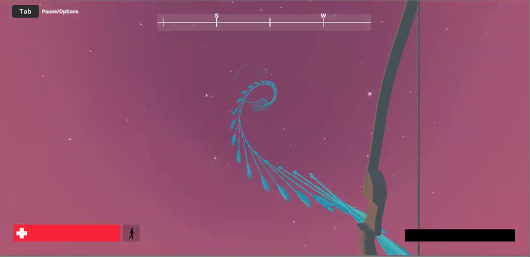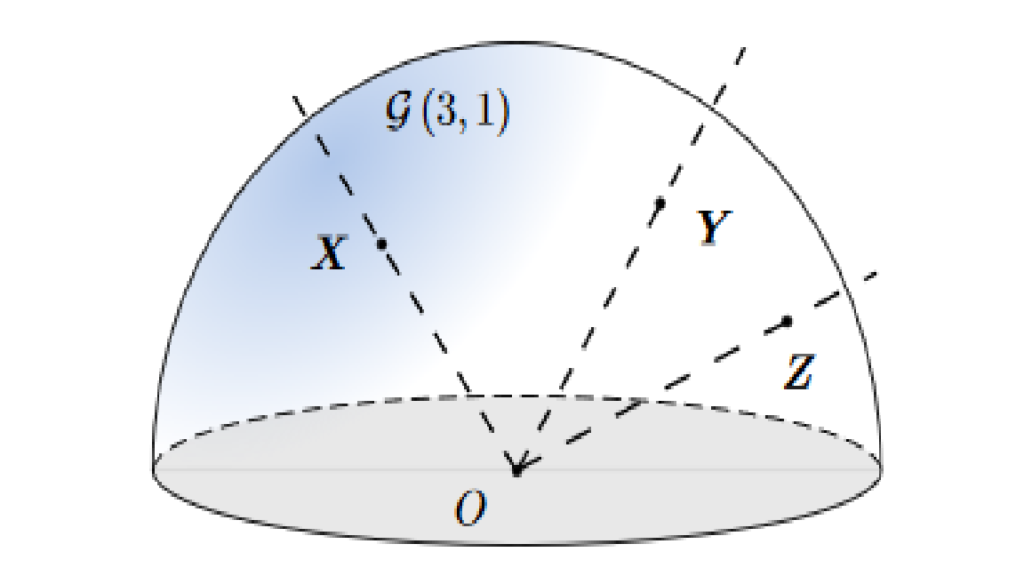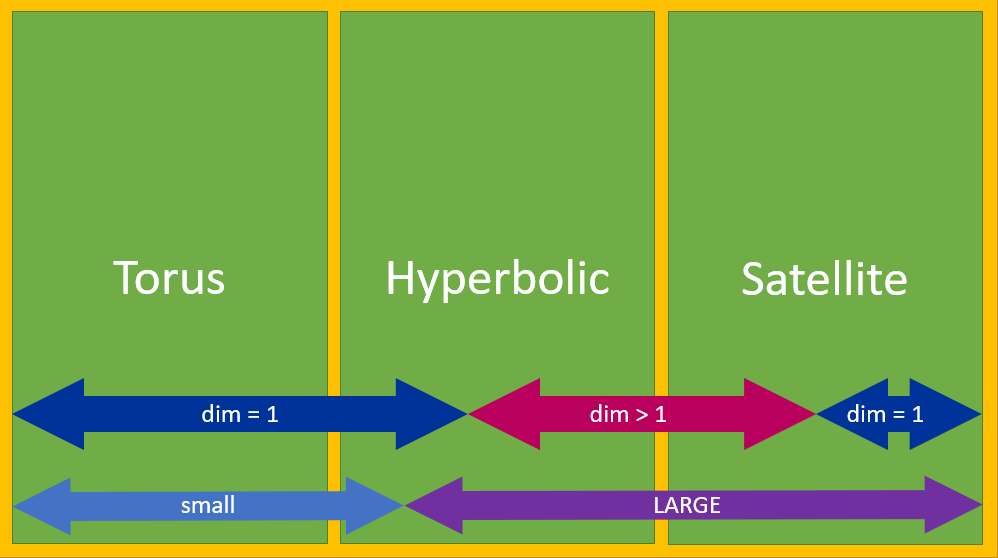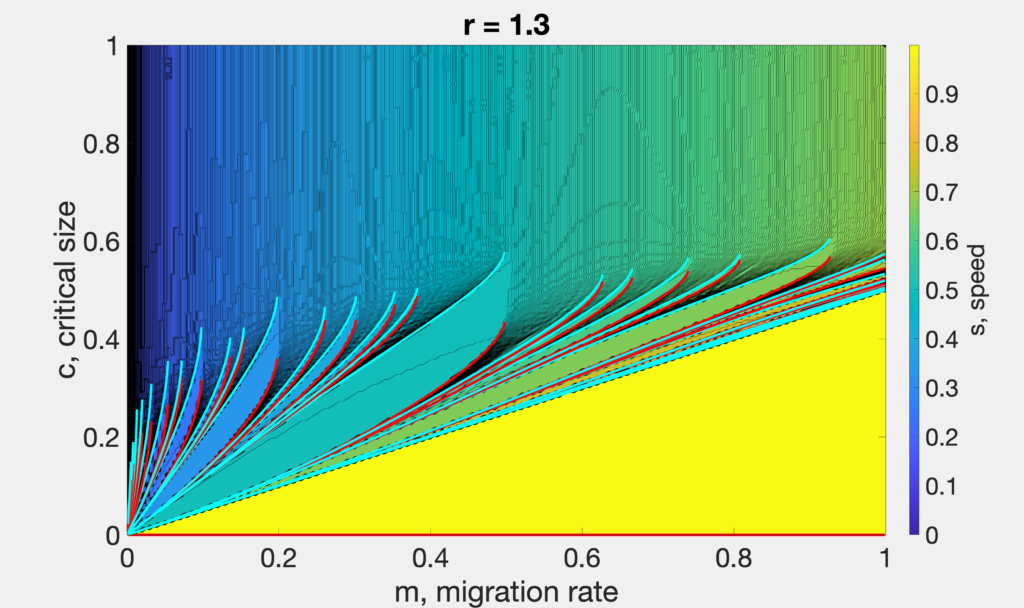-
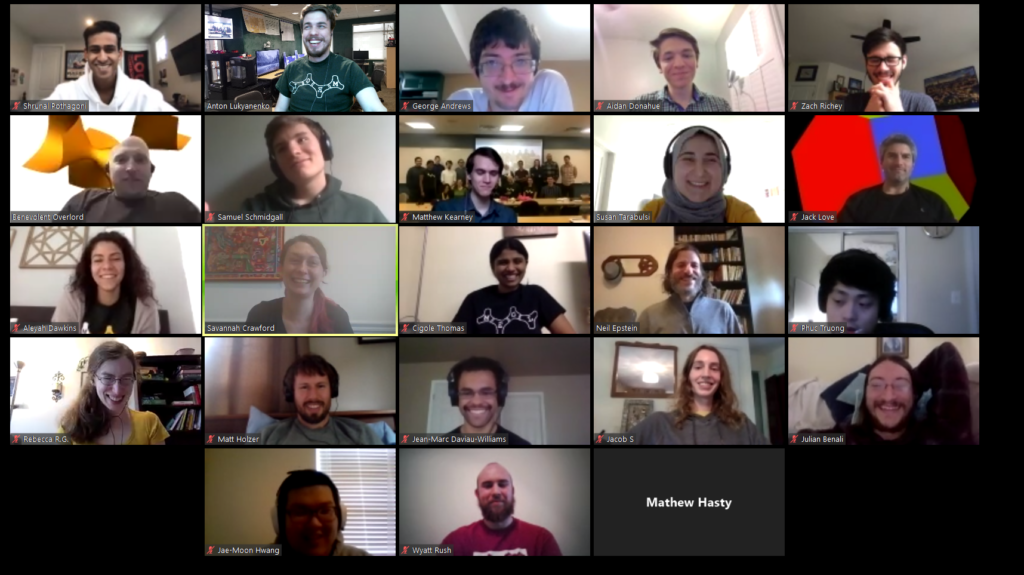
During Spring 2020 MEGL is running a 6 project program with 21 participants (faculty, graduate, and undergraduate students). The six research/visualization groups are titled:
- A computation of test ideals of Big Cohen-Macaulay modules,
- Thurston Geometries in Virtual Reality,
- Content Formulas in algebras derived from Grassmanians,
- Statistics in Deformations of Large Knots,
- Instability spreading in spatially extended systems and
- Mathematics Community Outreach.
MEGL Events
All the MEGL events during the second half of the semester were either cancelled or moved online due to Covid-19.
- MEGL Start of the Semester Meeting – 10 am, January 24, 2020
- Mid-semester Meeting – 11 am, March 26, 2020. We will be having a virtual meeting using zoom. Please check your emails for more details.
- MEGL Poster session – Friday, May 8, 2020 (Cancelled due to Covid-19).
- MEGL Symposium(Virtual) – 2:30 – 5:30 pm, May 8, 2020

